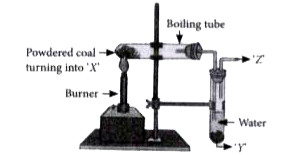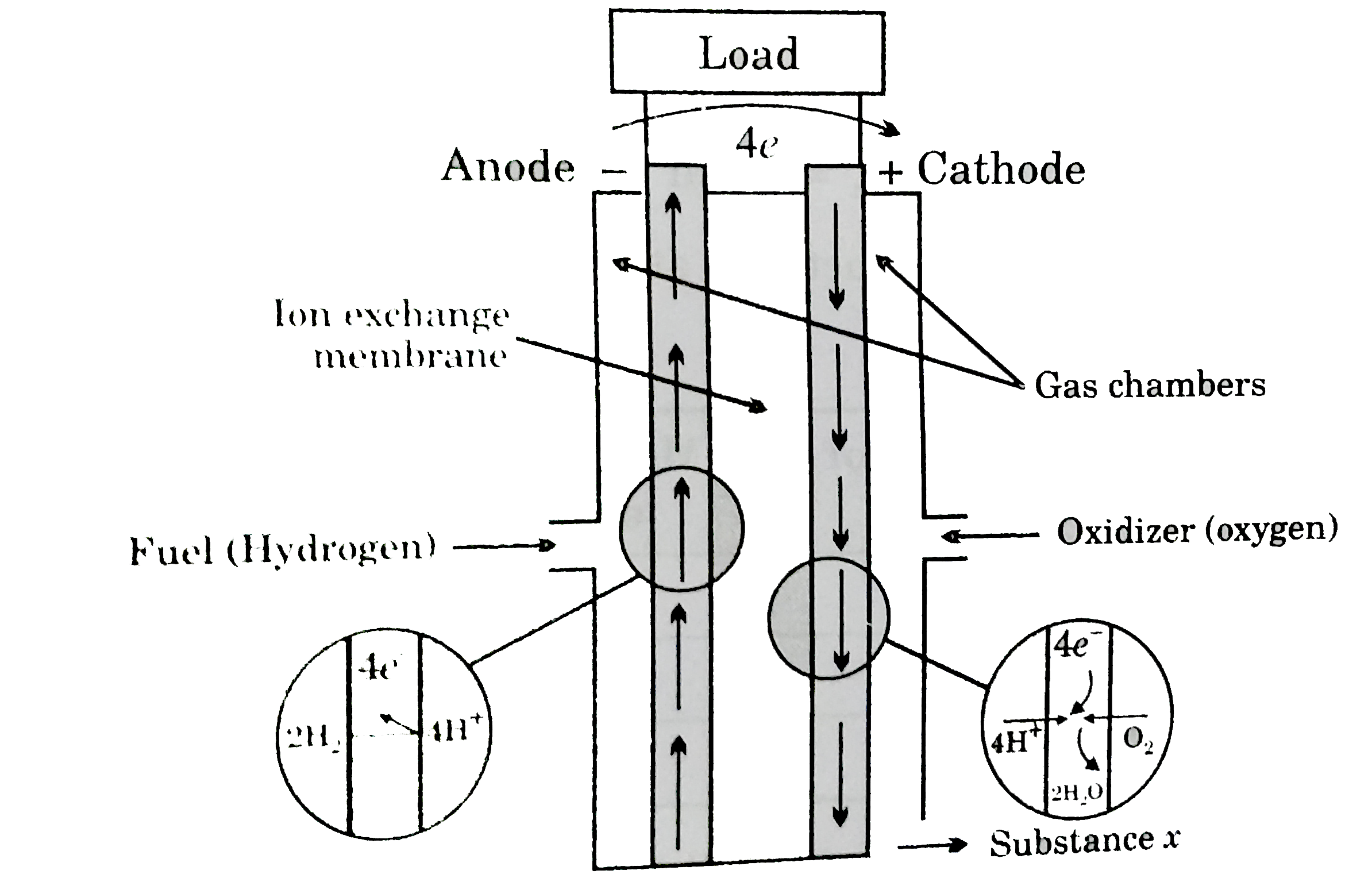[A]: Fundamental factor in the vernalization is low temperature.
[R]: Vernalization is ineffective in the absence of oxygen, water and adequate supplies of carbohydrates for respiratory processes.
If both A and R are true and R is the correct explanation of A
If both A and R are true but R is not the correct explanation of A
If A is true and R is false
If both A and R are false
The correct Answer is:B
Step by step video, text & image solution for [A]: Fundamental factor in the vernalization is low temperature. [R]: Vernalization is ineffective in the absence of oxygen, water and adequate supplies of carbohydrates for respiratory processes. by Biology experts to help you in doubts & scoring excellent marks in Class 12 exams.
Updated on:21/07/2023Topper's Solved these Questions
Similar Questions
Knowledge Check
Vernalization is the effect of low temperature on:
ADelaying of floweringBInhibition of floweringCAcceleration of fruit ripeningDAcceleration of floweringLow temperature required for vernalization is usually between
A1º−10ºCB5−15ºCC1−30ºCD10−3ºCAssertion: In vernalization, flowering the induced by low temperature.
Reason: ABA is growth inhibiting hormone.AIf both assertion and reason are true and reason is the correct explanation of assertion.BIf both assertion and reson are true but reason is not the correct explanation of assertion.Cif assertion is true but reason is false.DIf both assertion and reason are false.
Carbohydrates are compounds containing only carbon, hydrogen and oxygen having the atomic ratio of H:O as 2:1. When heated in the absence of air, these compounds decompose to form carbon and water.
a. If 310g of a carbohydrates leaves a residue of 124g of carbon on heating in absence of air, whatis the empirical formula of the carbohydrate?
If 0.0833 mole of hte carbohydrate contains 1.0g hydrogen , what is the molecular formula of the carbohydrate?
View SolutionAssertion: Low temperature and anaerobiosis inhibit decomposition resulting in build up of organic materials
Reason:Decomposition is largely an oxygen requiring process.
View SolutionThe conditions necessary for vernalisation are
I. high temperature
II. Low temperature
III. Carbon dioxide
IV. oxygen and water
Choose the correct option.
View SolutionThe given figure represents destructive distillation of coal. Destructive distillation is the strong heating of a substance in the absence of air.

Coal is a fossil fuel and it cannot be prepared in a laboratory or industry because the formation of coal
(I) is a very slow process
(II) needs very low pressure and low temperature
(III) needs very high pressure and high temperature
(IV) causes air pollution
View SolutionA fuel cell is a cell that is continuously supplied with an oxidant and a reductant so that it can deliver a current indefinitely. Fuel cell offer the possibility of achieving high thermodynamic efficiency in the conversion of Gibbs energy into mechanical work. Internal combustion engines at best convert only the fraction (T2−T1)T2 of heat of combustion into mechanical work. While the thermodynamic efficiency of the fuel cell is give by, η=|ΔG||ΔH|, where ΔG is the Gibbs energy change for the cell reaction and ΔH is the enthalpy change of the cell reaction. This efficiency can be upto 80%-90% also in contrast to normal heat engine efficiency which are generally about 40%

Fuel cells may be classified according to the temperature range in wich they operate low temperature (25 to 100∘C), medium temperature (100 to 500∘C)), high temperature (500to1000∘C) and very high temperature is that catalyst for the various steps in the process are not so necessary. Polarization of a fuel cell reduces the current. Polarization is the result of slow reactions or processes such as diffusion in the cell. The figure indicates the construction of hydrogen-oxygen fuel cell with a solid electrolyte, which is an ion exchange membrane. The membrane is impermeable to the reactant gases, but is permeable to hydrogen ions, which carry the current between the electrodes. To facillitate the operation finely divided platinum that function as a catalyst. Water is drained out of the cell during operation. Fuel cells of this general type have been used successfully in the space program and are quite efficient. their disadvantages for large-scale commercial application are that hydrogen presetns storage problems, and platinum is an expensive catalyst. Cheaper catalysts have been found for higher temperature operatureof hydrogen-oxygen fuel cells. Fuel cells taht use hydrocarbons and air have been developed, but their power per unit weight is too low to make them practical in ordinary automobiles. Better catalysts are needed. A hydrogen-oxygen fuel cell may hae an acidic or alkaline electrolyte. The half-cell reactions are:
12O2(g)+2H++2e−→H2O(l)E∘=1.2288V
2H++2e−→H2(g)E∘=0
H2(g)+12O2(g)→H2O(l)E∘=1.2288V
or 12O2(g)+H2O(g)+2e−→2OH−E∘=0.4009V
2H2O(l)+2e−→H2(g)+2OH−E∘=−0.8279V
H2(g)+12O2(g)→H2O(l)E∘=1.2288V
To maximize the power per unit mass of an electrochemical cell, the electronic and electrolytic resistances of the cell must be minimized. than aqueous solutions, high-temperature electrochemical cells are of special interest for practical applications. High temperature also allow the use of liquid metal electrode, which makes possibel high current densities than solid electrodes.
The advantage of using fuel cell in a motorcar could be:
View Solution
